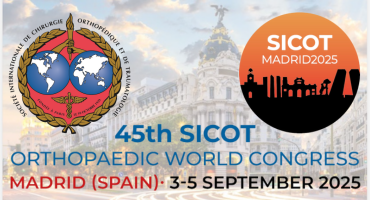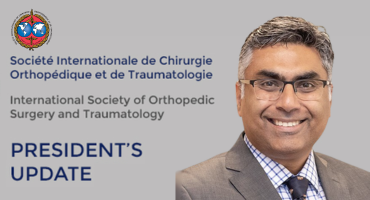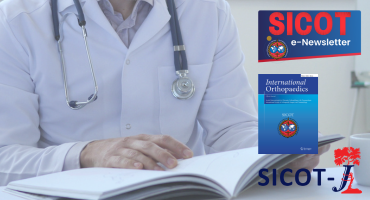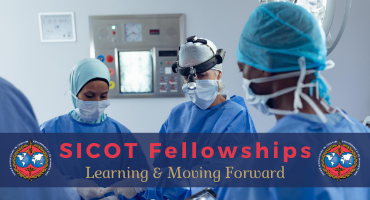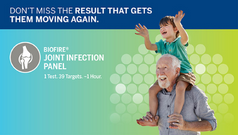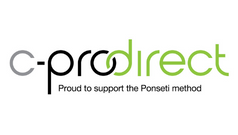Outcomes Associated with Choice of Prophylactic Antibiotics in Open Fractures
J Bone Joint Surg Am. 2025 Jun 18;107(Suppl 1):19-27. doi: 10.2106/JBJS.24.01123.
ABSTRACT
BACKGROUND: The ideal antibiotic prophylaxis for open fractures is unknown. We evaluated outcomes following different antibiotic prophylaxis regimens for open fractures.
METHODS: This is a secondary analysis of data from PREP-IT. Prophylactic antibiotics were defined as any intravenous antibiotic given on the day of admission. The outcomes were surgical site infection (SSI) within 90 days and reoperation within 1 year. Logistic regression and an instrumental variable analysis that leveraged site-level variation accounted for confounding. Subgroup variation was evaluated by stratifying by Gustilo-Anderson classification (Types I and II versus III).
RESULTS: Of the 3,331 included participants, the mean age was 45 ± 18 years, 63% were male, 73% were White, 21% were Black, 2% were Asian, and 10% were Hispanic. Cefazolin monotherapy (58% of patients), ceftriaxone monotherapy (10%), and cefazolin plus gentamicin (6%) were the most common regimens. In the instrumental variable analysis, the odds of infection did not significantly differ with ceftriaxone use (odds ratio [OR], 1.24; 95% confidence interval [CI], 0.70 to 2.20; p = 0.45) or cefazolin plus gentamicin use (OR, 0.25; 95% CI, 0.03 to 2.04; p = 0.20) compared with cefazolin monotherapy. There were no significant differences between the regimens with respect to infection when stratified by Gustilo-Anderson type. However, we did observe a nearly 3-fold increase in the odds of infection with ceftriaxone use compared with cefazolin monotherapy (OR, 2.73; 95% CI, 0.96 to 7.79; p = 0.06) in Type-I and II fractures, and a 75% decrease in the odds of infection with cefazolin plus gentamicin use (OR, 0.25; 95% CI, 0.03 to 2.02; p = 0.19) compared with cefazolin monotherapy in Type-III fractures.
CONCLUSIONS: Among patients with open fractures, antibiotic prophylaxis with ceftriaxone monotherapy did not provide significant benefits compared with cefazolin monotherapy in preventing infection in Type-I and II fractures. The findings suggest that cefazolin plus gentamicin might reduce the odds of infection in Type-III fractures compared with cefazolin monotherapy, but this difference was not statistically significant.
LEVEL OF EVIDENCE: Therapeutic Level II. See Instructions for Authors for a complete description of levels of evidence.
PMID:40531169 | DOI:10.2106/JBJS.24.01123






